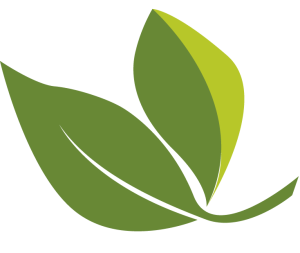Using peat free compost
Environmental impact
Do you sometimes wonder about the sustainability of the materials that go into peat free compost? Materials used in growing media are now put through a sustainability calculator where the environmental and social sustainability is assessed based on seven criteria: energy use; water use; social compliance; habitat and biodiversity; pollution; renewability; and resource use efficiency.
Here are some of the key things to consider about the materials used in peat free composts.
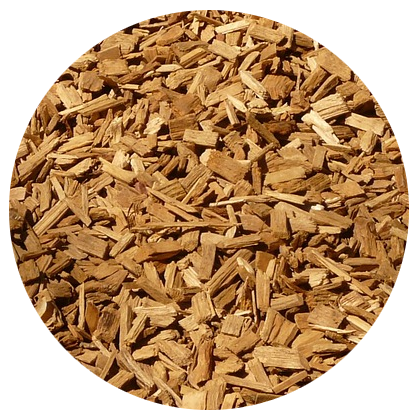 Wood fibre - is a waste product from sawmills, which depends on the activity of the building industry. It is extruded into a wool-like substance, which is an energy intensive process. It does compete with demand from biomass boilers.
Wood fibre - is a waste product from sawmills, which depends on the activity of the building industry. It is extruded into a wool-like substance, which is an energy intensive process. It does compete with demand from biomass boilers.
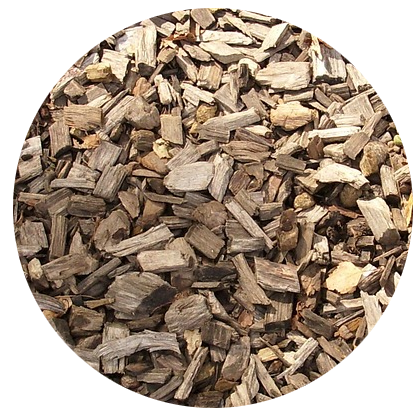
Bark - bark is also a waste product from sawmills, so is also dependent on the activity of the building industry. However, its use in biomass boilers is limited, so there is less competition for this resource.
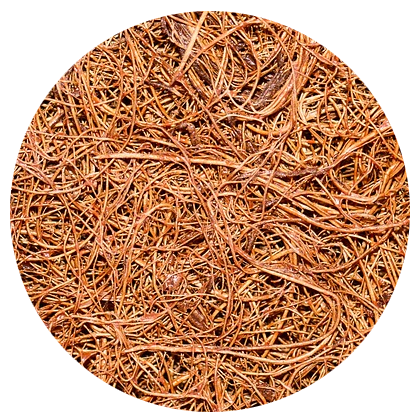
Coir - this is a waste product from the coconut industry, and is in plentiful supply. Although it has to be shipped a long distance, the CO2 emissions are not that great. The high volumes of water used for processing is more of a concern.
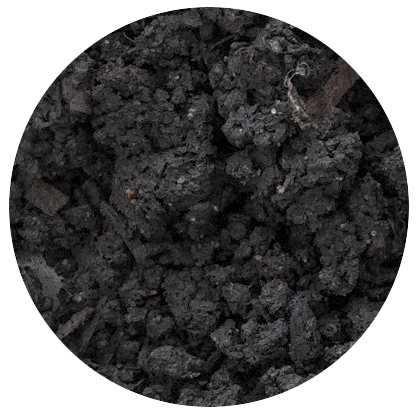
Green waste compost- this product has good sustainability credentials as it re-using green waste. However the variability of its nutrient content and stability make it more difficult to manage in potting mixes.
